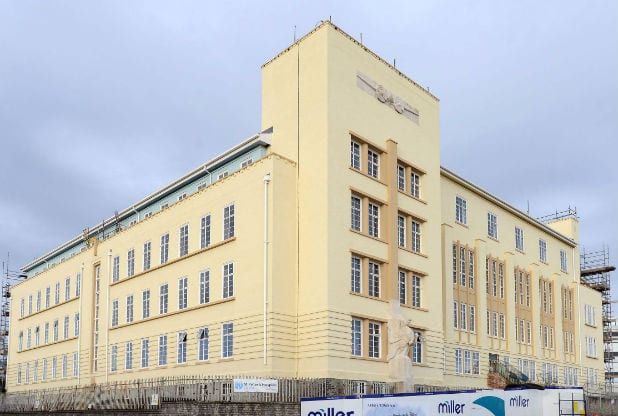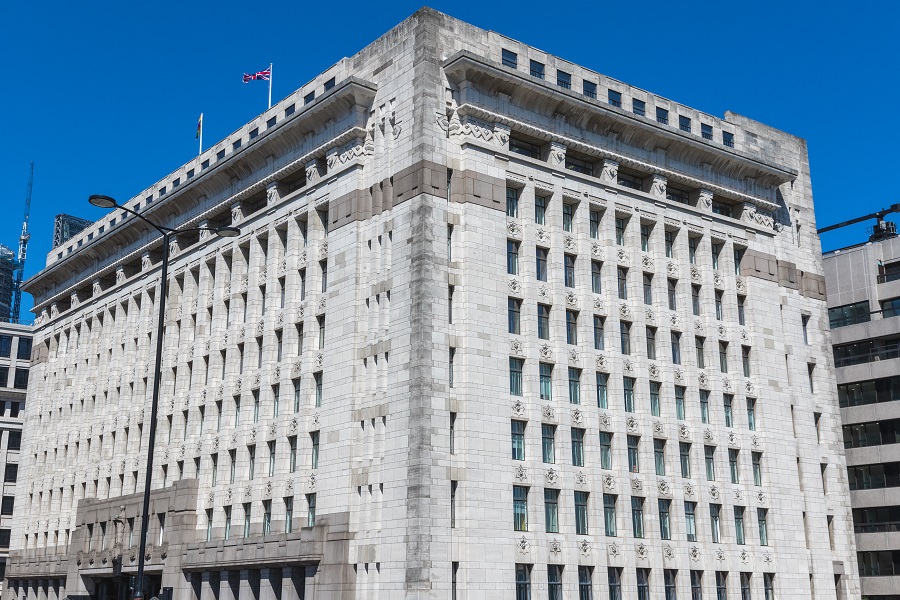Pegasus House is an iconic building in Filton, Bristol which was once the domain of hundreds of aircraft personnel. Lying empty for over 20 years, the building has now had a £70m major makeover and Crittall Windows has been instrumental in the transformation.
The Grade II listed building, originally designed by famous architect Austin Hall and constructed in 1936 is being refurbished as part of a rolling programme which involves the re-building of the whole of the original Bristol Aeroplane Company site. The five storey building had fallen into disrepair and Crittall Windows was approached to provide a solution to replacing all of the 430 Crittall windows with modern high performance steel units that replicated the originals and were in keeping with stringent planning approvals.
Crittall Windows had a major into the specification process, initially producing a report, developing a product specification and then drawings for planning approval, The company then installed a pilot window and helped contractors, Capita Symonds to produce a Heritage Statement to help gain planning approval.
The original windows were steel profiles, the forerunner of the Standard Metal Window (SMW) featuring horizontal glazing bars and externally glazed with 4mm single glass. The frame sections were ungalvanised and decorated with air drying brush applied paint. Over the years, the profiles had deteriorated badly, with corrosion and missing glass as well as distorted opening lights.
The Crittall solution involved the installation of CorporateW20 windows featuring 29 mm wide Genuine steel glazing bars. The new windows were galvanised, polyester powder coated and fitted with EPDM weatherseals, with frame glazed with 16mm insulating glass units retained with sloped glazing beads that simulate the appearance of the original chamfered putty.
Once completed this year, the site and Pegasus House will be restored to its former glory, with original features such as a sculpture of Mercury and the eye catching and familiar Portland stone carved Pegasus by Denis Dunlop on the outside of the building.
When completed the 12-acre Airbus aerospace park, which once again play host engineers and designers together on one site.

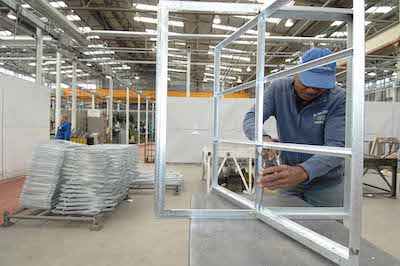 Manufacturing
Manufacturing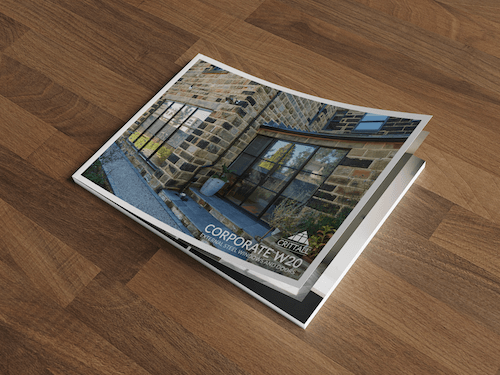 Downloads
Downloads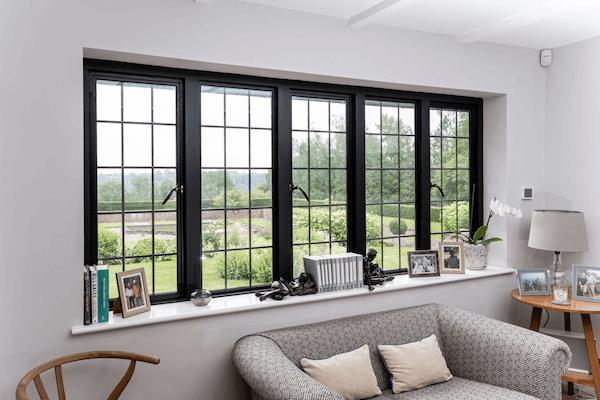 Gallery
Gallery